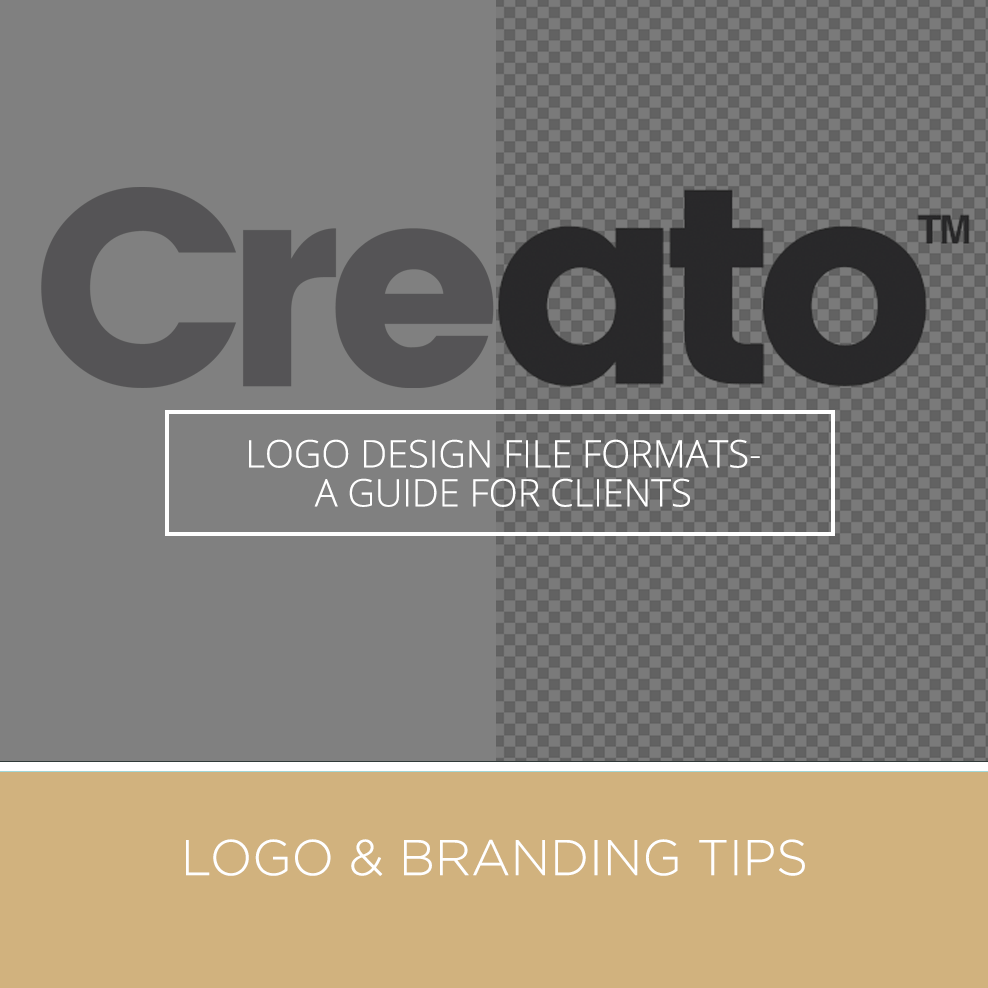


Whether you’re a designer yourself, or just looking to get some design work done, it can be overwhelming to figure out all the different file formats involved. You may be tempted to think that one file type is as good as another—after all…
they’re all image files, right?
Don’t be fooled: each design file type has particular quirks and qualities that make it better or worse for a given project.
Whether you’re getting into design, hiring a designer, or just planning to update your website to get ahead of the 2017 web design trends, read on to make sure you understand the differences that make each file type unique.
Firstly, the basics..
There are two kinds of graphic files: bitmap and vector image.
Bitmaps are made up of hundreds, thousands, or millions of pixels, each of which has a fixed position within the image. The most common bitmap formats are PNG and JPG, and most scanners and digital cameras also output bitmap files.
Instead of being made of pixels, vector images are composed of mathematically defined lines, shapes, and colours (“objects”). Because changing the size or dimensions of the image causes the objects to be recalculated, vector images are much more scalable than bitmaps.
Adobe PhotoShop is so ubiquitous it sometimes seems everyone into design or photo editing—whether amateur or pro—uses it. PhotoShop’s native file format, PSD is popular because it’s usable whether you’re on an Apple or Windows platform, and is highly editable. It’s not as good for logos. PSDs are typically high-resolution bitmaps, so they tend to lose quality when scaled up or down significantly.
The default file format produced by Adobe Illustrator, most designers and commercial printers prefer to use AI files when creating images that need to be significantly resized. That’s because the files are saved in vector format, so you can enlarge the image within as much as you need to—the only limit is the size of the display.
Supported by most graphic and illustration software, EPS files can contain both bitmap and vector graphics. Because of its versatility, design professionals often use this format to transfer artwork and images between applications.
An open source, universal format created by Adobe, PDF files can serve all sorts of purposes. They embed and preserve images, fonts, layouts, and graphics in both vector and bitmap format, and can be used by anyone with the free Adobe Reader. They’re frequently used for documentation and commercial, digital, or desktop printing.
The .JPG (or JPEG) is a type of bitmap file supported by most platforms and is the most common format on the Web—especially for photos. It supports RGB, CMYK, and Grayscale colour modes, but not transparency. JPGs have an efficient compression scheme, allowing for different resolution and quality depending on where they’re used. Compressing a JPG file repeatedly, however, causes its quality to suffer—resulting in ugly pixelation and compression artifacts.
High-quality bitmap images, PNG files use lossless data compression to avoid the pixelation and quality issues created by compressing JPEGs too many times. The format is intended primarily for transferring images over the Internet, rather than professional-quality print graphics. It doesn’t support colour modes other than RGB but does support background transparency. It’s not supported by all browsers, though.
This isn’t just a matter of keeping up with 2017 logo design trends— a good logo needs to be designed as a vector image.
Why?
A JPEG or PNG logo might look okay on a website, but if you scale it up to put on a shirt—or a billboard—it’ll end up pixelated, blurry, and just generally look like a mess. Vector images are, for all intents and purposes, infinitely scalable—and will look just as good on a business card, in the corner of a website, or stretched ten metres tall.
There’s still lots to learn if you want to use these formats to their fullest, and if you want to do further study, there are tons of resources online to help you. For now, just remember that bitmaps (like PNG and JPG) are good for high-resolution images like photos, vectors (like AI) are good for logos, and the rest are best for designing and transferring images.
Here at Creato we help small businesses based in Sydney, Melbourne, Wollongong, and all across Australia. We have worked with large and small businesses in a number of industries, for example the real estate industry, the food and beverage industry, the fitness industry, the construction industry and many more!
If you have any further questions, feel free to contact us
Hey, I'm Callum. Here at Creato we re determined to produce creative . My only questions is, will it be yours?

Callum is the founder of Creato, a Sydney based design agency that specialises in creating holistic brands for Aussie businesses.
With a talent for crafting memorable and effective branding solutions, Callum has built Creato into a respected and successful agency. His work has been featured in various publications, including The Huffington Post, BuzzFeed, and Entrepreneur.
If you re interested in working with Callum and Creato to bring your brand to the next level, don t hesitate to get in touch!
Logo Package